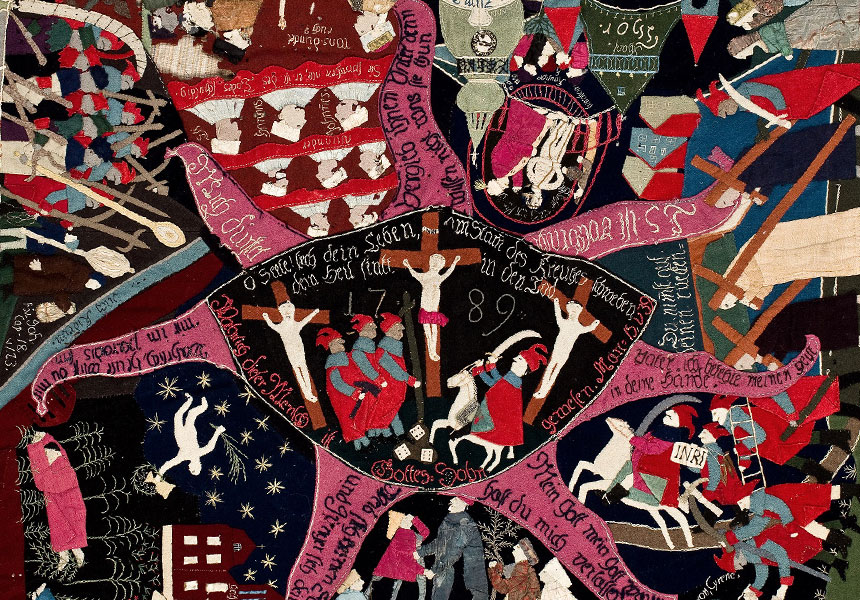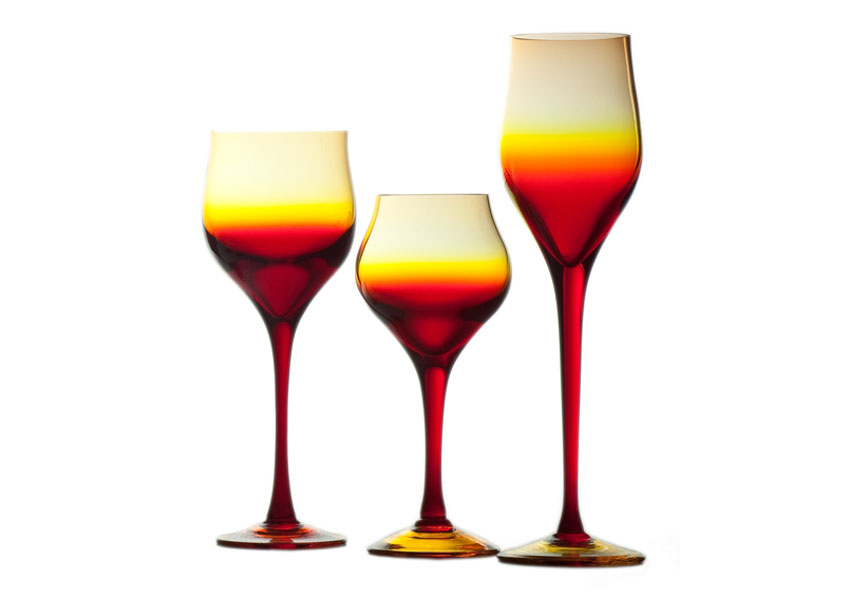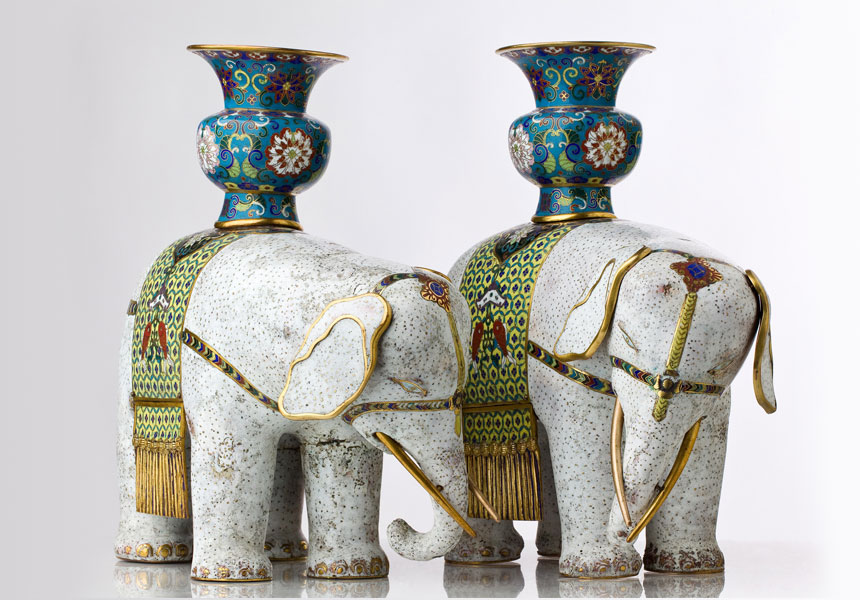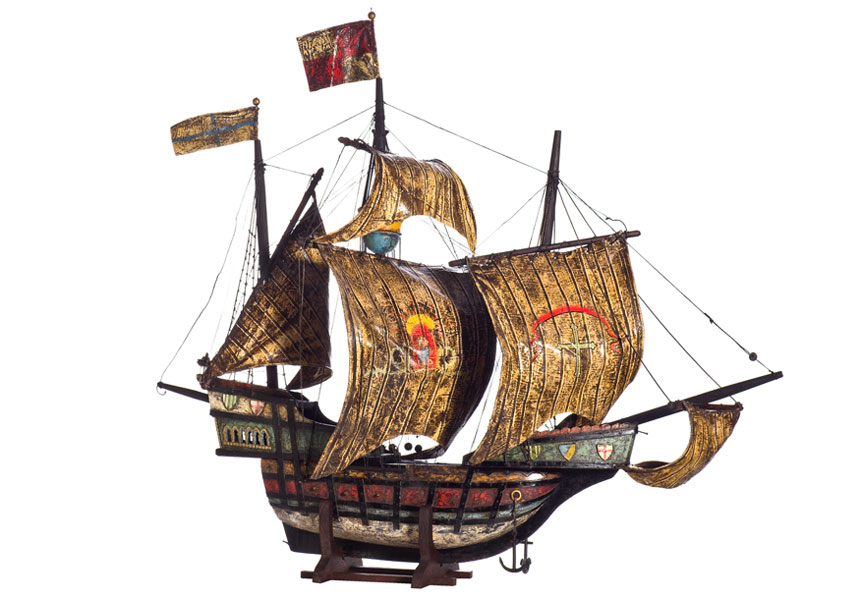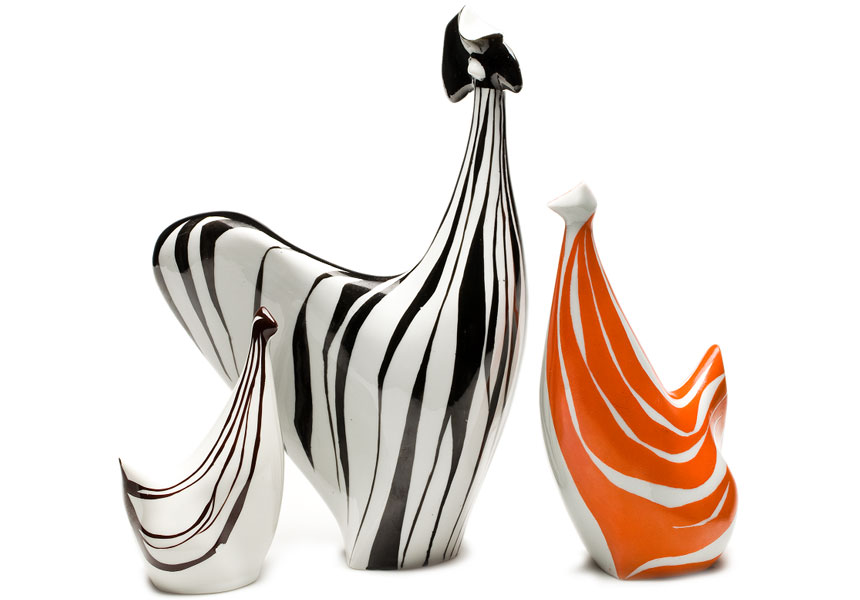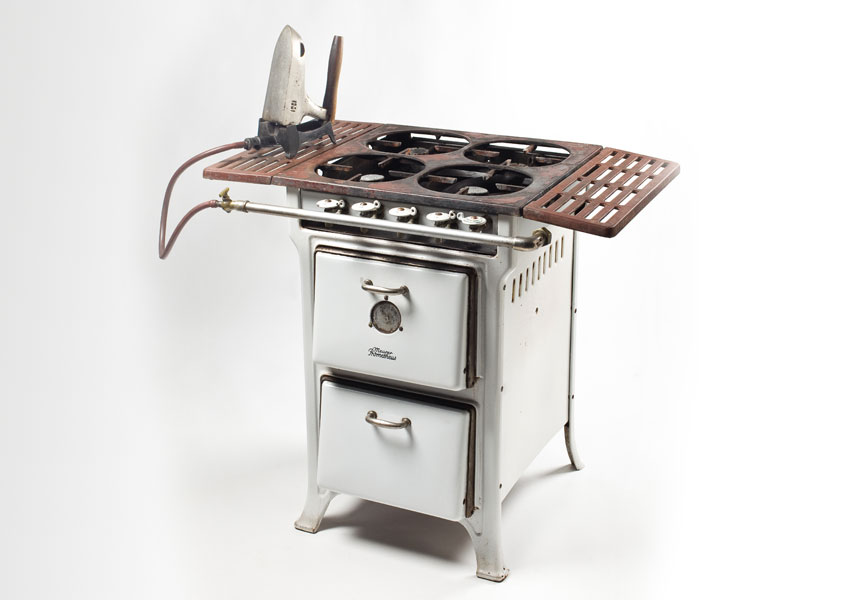Crafts and Decorative Art. Art of the Orient. Contemporary Ceramics and Glass
The new permanent exhibition prepared for the 70th anniversary of the official opening of the National Museum in Wrocław.
The exhibition is curated by: Barbara Banaś, Małgorzata Korżel-Kraśna, Dorota Róż-Mielecka
An elaborate suit of armour worn by a Japanese samurai, a sundial clock with a compass, a Louis Vuitton travelling trunk, a blue silk dress, designer crystal glasses and the cult radio “Szarotka”. These and a few hundred other artifacts are featured in the unusual exhibition entitled “Miracle-Workers”. The new permanent exhibition is on the third floor of the National Museum in Wrocław and presents three collections: the art of the Near and the Far East, artistic crafts and material culture, and ceramics and contemporary glass.
“Miracle-Workers” is intended as an exhibition which describes and presents the world made by human hands, which first was created in the human mind and imagination, and then in a perfect way materialized in the utilitarian objects. The exhibition of “Miracle-Workers” takes the visitors on an expedition to the past, while making clear references to familiar contemporary reality.
The first part of this exhibition, dedicated to the art of distant Asiatic cultures, centres on the European fascination with these lands, on their exploration and study. Once upon a time this was done using the collections gathered by travelers and art lovers. The treasures showcased in the exhibition have also arrived from such sources, including the pre-war collection of the local Silesian Museum of Artistic Crafts and Antiquities. The unique, finely made objects of religious cults, for example the carved images of deities and guardian demons, as well as the exceptionally beautiful everyday utensils: the inlaid boxes for writing implements, wonderfully decorated lacquerware, colourful porcelain dishes and many others, open up for the viewer the magical realms of the Orient.
The most valuable artifact in this part of the exhibition is the suzuribako writing box used for the implements for calligraphy. It was created by Igarashi, the most celebrated exponent of the leading Japanese school of the masters of lacquer work.
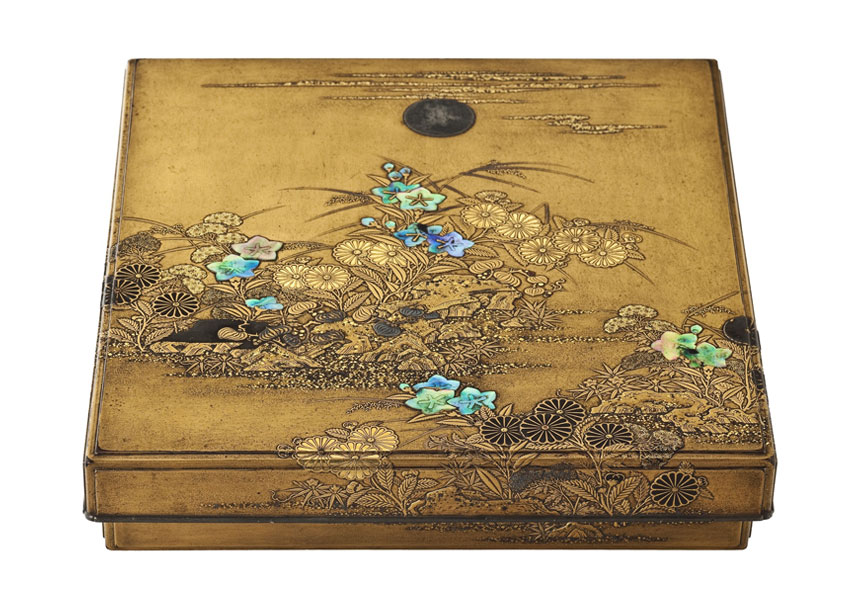
Igarashi Doho I, Suzuribako writing box used for the implements for calligraphy
The second part of the exhibition returns to Europe and tells the story of people improving and making beautiful the world surrounding them. It leads its viewers from the primeval urge to satiate hunger, to communicate, through clothing and decorating homes, to the activities focused on work and play. This part exhibits a variety of objects – both those obsolete, whose role and functions have been forgotten, and the ones still in current use. The visitors will be able, for example, to track the evolution of writing implements from the 16th cent. templates for learning calligraphy, to the intricately decorated porcelain inkwells and quills, up to the present-day BIC pen. Among the exhibits there are dishes, furniture, clothing, clocks, stained glass, toiletry sets, work tools and weapons.
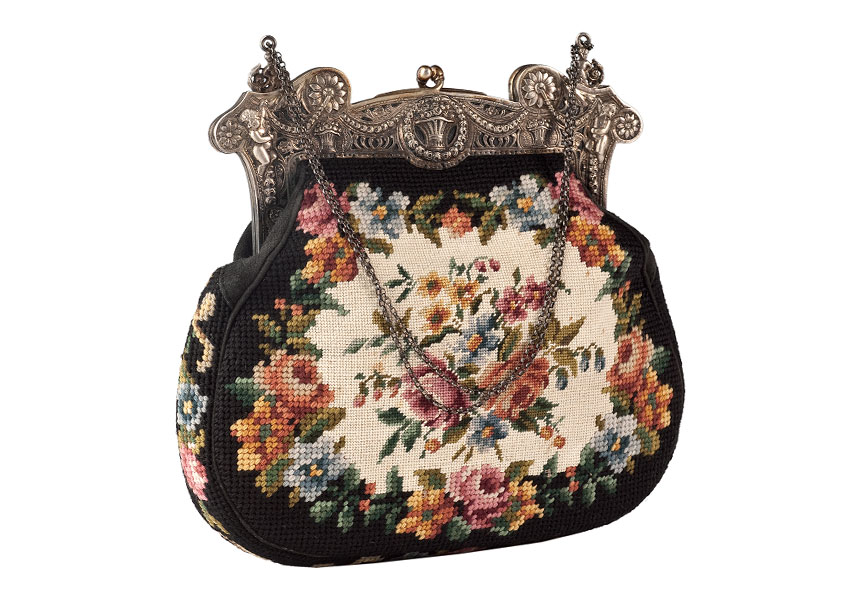
Bag decorated with cross-stitch, 19th c.
The last, third part of “Miracle-Workers” features a selection of contemporary glass and ceramics from the collection of the National Museum in Wrocław, one of the largest specialist collections of this kind in Poland. It showcases the work of the prominent Polish ceramics artists: the post-war innovators (Julia Kotarbińska and Rufin Kominek), the Wrocław paragons of artistic discipline (Krystyna Cybińska, Irena Lipska-Zworska, Anna Malicka-Zamorska, Bożena Sacharczuk), and the artists linked with other centres of art like Gdańsk and Warsaw.
The visitors can admire the works by the extraordinary experimental artist and visionary of the glass form, Henryk Albin Tomaszewski, as well as of other prominent artists like Ludwik Kiczura, Henryk Wilkowski, Małgorzata Dajewska, Kazimierz Pawlak, Beata Stankiewicz-Szczerbik, and also those working in other countries: Czesław Zuber, Marvin Lipofsky, Pavel Hlava and René Roubiček.
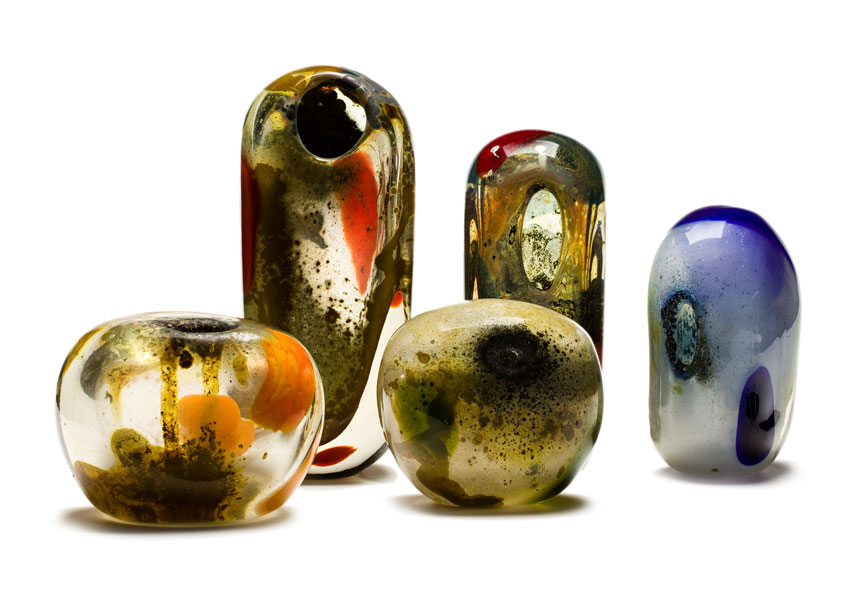
Tasios Kiriazopoulos, set of forms Hydro, Huta in Tarnów 1970
The part dedicated to postwar design features the decorative and utilitarian dishes like those designed by Zbigniew Horbowy, Stefan Sadowski, Józef Podlasek, the pressed glass designed by Eryka and Jan Drost, the crystal glass by Aleksander and Regina Puchała, and also the Włocławek faience, the Polish “New look” porcelain from the 1960s and the Bolesławiec ironstone.
